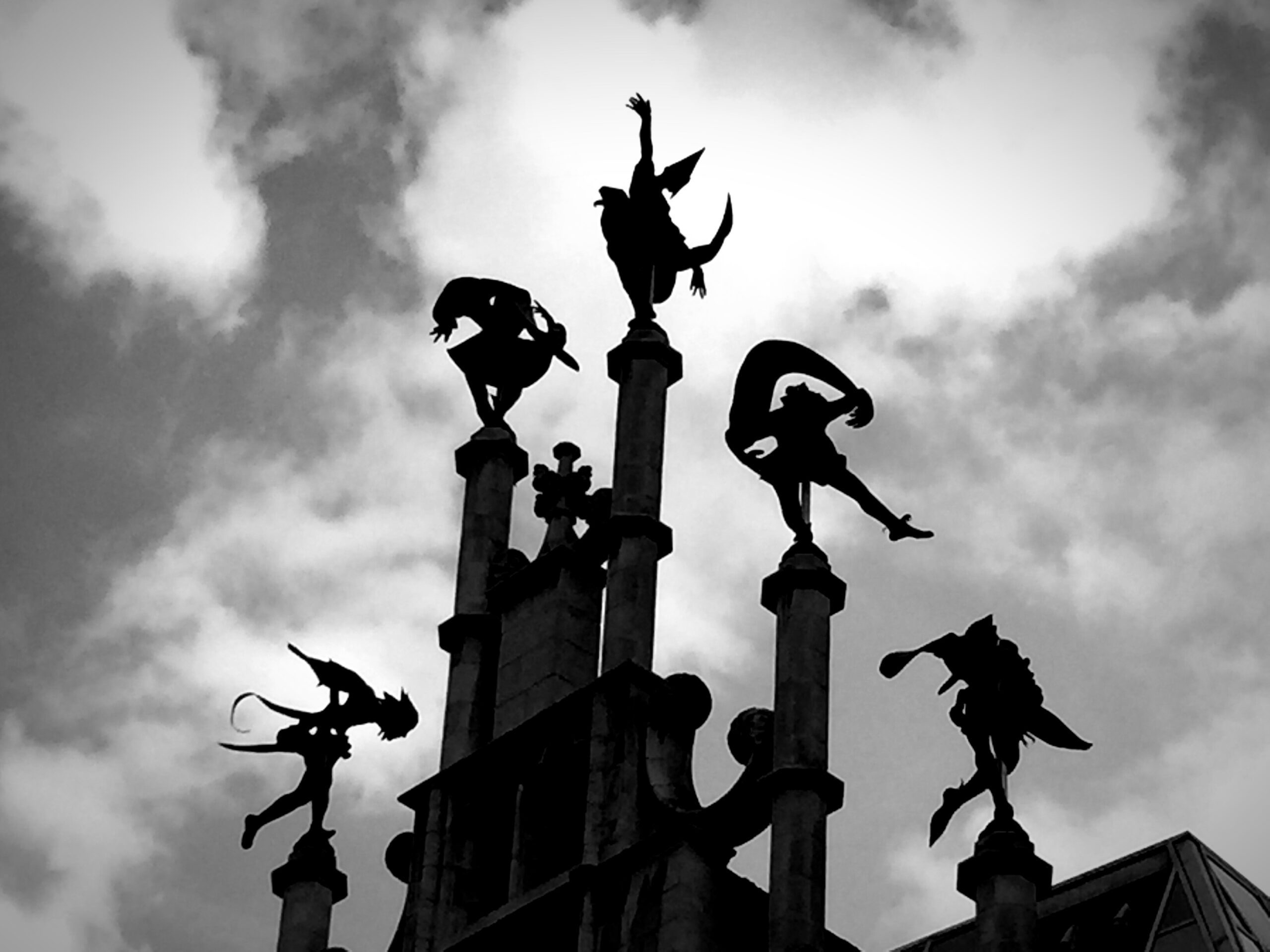
French and Fromm (1964, p. 136) turn to the work of Jean Piaget with regard to the concrete operations being engaged by children. French and Fromm note how a child will assign symbolic status to some external entity or event (such as receiving a piece of candy as a reward) so that they can, in turn, internalize this symbolized entity or event. In this internalization, the child is now able to incorporate the entity or event in their own fantasy life. The object relations theorists (providing a version of psychanalysis that differs in many respects from ego psychologists) write about the way in which the symbolized content as a set of psychological “objects” can be engaged in a wide variety of ways that may or may not align very well with the real world.
In a similar manner, a dream can operate in a concrete manner with objects in the dream taking on symbolic significance. These objects can, in turn, be manipulated on behalf of the dreamer’s attempt to address sub-focal conflicts or the fundamental focal conflict itself. The dreamer is being ignored by people attending a meeting and eventually appears naked at this meeting. The dreamer and their spouse are standing on a tightrope. The meeting can symbolize the relationship of certain people with the dreamer, while nudity symbolizes the dreamer’s vulnerable position when interacting with these people. The tightrope is a dramatic, symbolic representation of another type of vulnerability—that associated with financial matters.
French and Fromm note that Piaget identifies and describes the progress of the child’s development beyond concreate operations to a state of formal operations that allows the child (now a young adult) to use symbols in a functional manner rather than embracing them as somehow being “real.” It should be noted that the movement to formal operations also enables us to formulate the “theory of mind” that I mentioned earlier. We can gain a sense of what another person is thinking and feeling—which allows us to distinguish our own thought and feelings from theirs. Our personal silo has been shattered and we can look freely at another person—unless like Katherine we are locked in the concrete operations of a card game and somehow still believed that this game represents “real” relationships.
Much like the artist, the young, maturing adult can engage symbols as metaphors and can use them to express ideas and display emotions that are often elusive. However, we “regress” to the childhood state of concrete operations during our dreams. We revert to the concrete representation and use of the symbol during the night—especially as we seek to resolve in our dreams focal conflicts that are elusive much like what artists seek to represent in their work. As the ego psychologists note, this regression in our dreams and in our works of art is in the service of the ego (Kris, 1953).
Furthermore, we are able to use symbols in a flexible and creative manner even in our dreams. At one level we treat these symbols as “real” and at another level as metaphors that can be manipulated for expressive or problem-solving purposes. For example, Katherine was “playful” in her use of the word “Bridge” to represent not just a highly structured card game, but also a physical structure and a structure of the human nose. All three of these representations convey something about Katherine’s need for structure in her life. They offer Katherine a multi-tiered Symbol that is carried, economically, in a single word: “Bridge”.
We are now ready to turn specifically to Katherine’s use of symbols, given this reference to Katherine’s creative use of the word “Bridge.”






